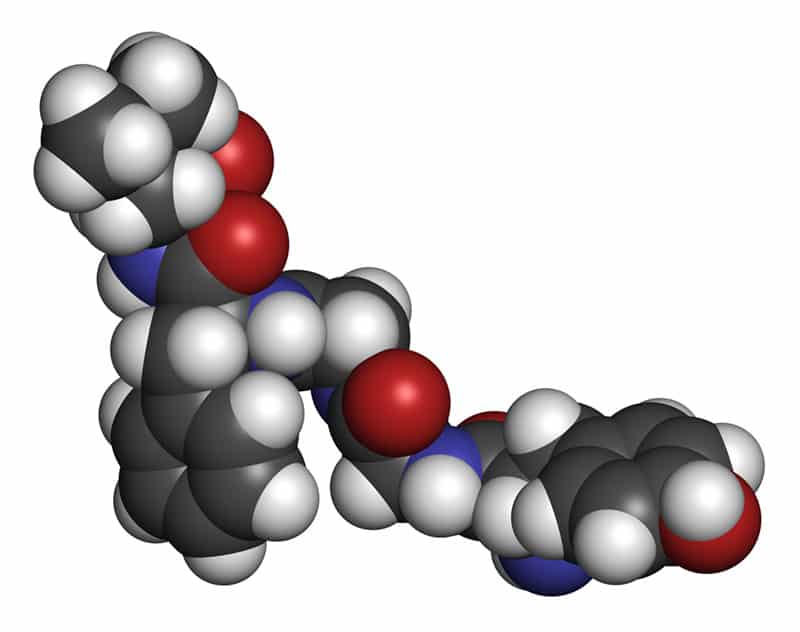What is Low-Dose Naltrexone?
Naltrexone is an oral medication that at high doses helps control cravings for opioids and alcohol. It can also be utilized to reduce withdrawal symptoms. However, Low-dose Naltrexone (LDN) refers to doses below 10 mg/day with 4.5 mg/day being most commonly prescribed. LDN has been demonstrated to reduce chronic inflammation, autoimmunity, obesity, fatigue and chronic pain.
Other medical conditions that can benefit from LDN include:
- Alzheimer’s disease
- Autism
- Celiac disease
- Emphysema
- IBS
- Parkinson’s disease
- Psoriasis
- AIDS
- MS
- SLE
- Sarcoidosis
- RA
- Scleroderma
- Crohn’s disease
- UC
Longevity benefits of LDN include a reduction in ESR (erythrocyte sedimentation rate) which is a marker of inflammation in the body, increases natural endorphin levels, reduces chronic pain, reduces fatigue and brain fog, reduces food cravings, decreases chances of autoimmunity, modulates the immune system and encourages weight loss in some patients.

How Does it Work?

Endorphins are polypeptides made by the pituitary gland and central nervous system to moderate the production of neurotransmitters, such as serotonin and dopamine. Endorphins primarily help us to reduce pain and inflammation, promote autophagy, and cellular clean up. In individuals with diagnoses such as depression, fibromyalgia, cognitive degeneration, and autoimmunity, consistent findings show chronically low levels of endorphins—specifically, low levels of an endorphin called the Opioid Growth Factor (OGF). OGF is an endorphin produced in most cells in the body to both influence and regulate cell growth, as well as immunity. When low levels of OGF endorphins exist, it is likely for individuals to develop immune system disorders. Low Dose Naltrexone (LDN) has been shown to increase OGF levels in the body, resulting in positive outcomes for those suffering from the aforementioned diagnoses.
LDN first binds to opioid receptors. In doing so, it helps to displace the body’s naturally produced OGF. As LDN displaces OGF receptors, affected cells become OGF-deficient and, as a result, three vital processes occur:
- Receptor production is increased to try to capture more OGF
- Receptor sensitivity is increased to capture more OGF
- Production of OGF is increased to compensate for the perceived shortage of OGF
Since LDN will only block OGF receptors for three to five hours, the body experiences a rebound effect—which greatly increases the production and utilization of OGF. Once the LDN has fallen off the OGF receptors and excreted, the increased number of endorphins bind to the now more-sensitive and more-plentiful receptors. As a result, these new and improved receptors assist in regulating cell growth— promoting healing, reducing inflammation, and increasing immunity and autophagy.
Potential Side effects:
- Vivid dreams
- Mild anxiety
- Insomnia
- Headache
During the first three to five days of taking LDN, you may experience mild to moderate levels of the above side effects. Side effects typically diminish on their own by day five. To reduce the risk of side effects, the recommended protocol is to start with a ½ tab (2.25mg) for the first two weeks with a gradual increase to the 4.5mg dose.

